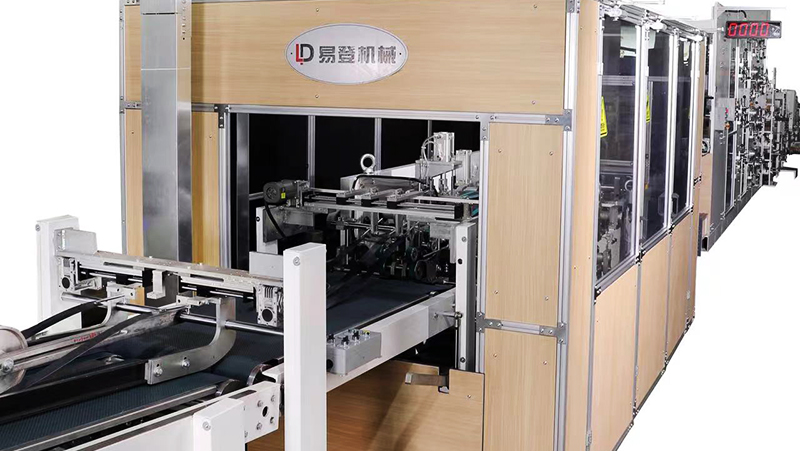Industrial Sack Making Machines: Key Features, Benefits, and Applications in Modern Packaging
Release time:2025-05-10 Classification:Knowledge
In today’s fast-paced manufacturing landscape, industrial sack making machines have become indispensable for producing durable, high-quality packaging solutions. These advanced systems streamline the production of woven polypropylene sacks, paper sacks, and other heavy-duty bags used across industries like agriculture, construction, chemicals, and food processing. This article explores the technical specifications, operational advantages, and industry-specific applications of modern sack-making machinery.

Core Components and Functionality
Industrial sack making machines integrate precision engineering with automated workflows to deliver consistent output. Key modules typically include:
- Unwinding systems for roll-fed materials (e.g., woven PP fabric, laminated sheets)
- High-speed stitching/sewing units with thread tension control
- Programmable cutting mechanisms for accurate sack length customization
- Bottom folding and sealing stations for leak-proof closures
- PLC-based control panels with touchscreen interfaces
Advanced models incorporate servo-driven motion systems and IoT-enabled monitoring to optimize production speeds up to 120 sacks per minute while maintaining ±1mm dimensional accuracy.
Operational Advantages
- Scalable Production Capacity: Automated feeding and stacking systems enable 24/7 operation with minimal manual intervention.
- Material Efficiency: Laser-guided alignment systems reduce fabric waste by up to 8% compared to conventional machines.
- Multi-Format Flexibility: Quick-change tooling adapts to produce various sack styles – gusseted, pinch-bottom, or valve types – without extended downtime.
- Enhanced Durability: Hardened steel components and anti-vibration frames ensure stable performance in high-volume environments.
Industry-Specific Applications
- Agricultural Sector: Produces weather-resistant sacks for fertilizers, animal feed, and grain storage
- Construction Materials: Manufactures tear-resistant packaging for cement, sand, and dry mixes
- Chemical Industry: Creates UN-certified sacks with barrier layers for hazardous material containment
Technological Innovations
Recent advancements in sack making machinery focus on:
- AI-powered defect detection systems using high-resolution cameras
- Energy-efficient heat sealing technologies reducing power consumption by 15%
- ERP-integrated production tracking for real-time inventory management
Selecting the Right Equipment
When evaluating industrial sack making machines, consider:
- Throughput requirements (sacks/hour)
- Material compatibility (woven PP, kraft paper, composite films)
- Sack dimension ranges (length/width/capacity)
- Compliance with regional packaging standards (ISO 21898, BRCGS)
Modern sack production systems significantly reduce labor costs while improving packaging consistency – a critical factor for bulk commodity suppliers requiring brand-compliant printing and tamper-evident features. With modular designs allowing phased upgrades, these machines represent a long-term investment in packaging line optimization.
As global demand for industrial sacks grows at a 4.2% CAGR (2023-2030), manufacturers prioritizing automated, precision sack-making solutions will gain competitive advantages in both output quality and operational cost management.






